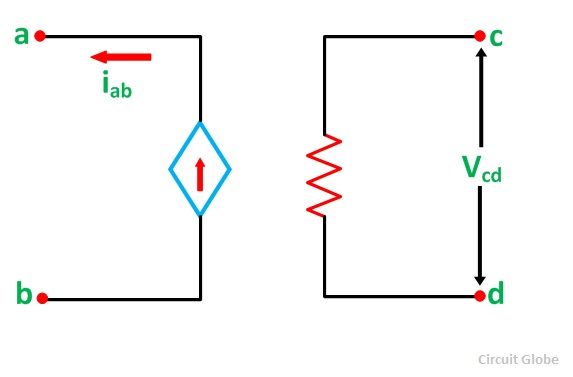 Distributed generators, dispersed storage systems and manageable loads in the grid have the potential of being used as distributed energy resources (DERs). In addition to following their primary tasks, DERs are aimed to be controlled according to the events happening on the grid.
Distributed generators, dispersed storage systems and manageable loads in the grid have the potential of being used as distributed energy resources (DERs). In addition to following their primary tasks, DERs are aimed to be controlled according to the events happening on the grid.
Note: This content is related to a scientific publication. For citing in your studies, please refer to:
Andrén, F., Lehfuss, F., Jonke, P. et al. “DERri Common Reference Model for Distributed Energy Resources—modeling scheme, reference implementations and validation of results,” Elektrotech. Inftech. (2014) 131: 378.
doi: 10.1007/s00502-014-0231-z
The types, details and functions of DER models in analysis tools are limited, mostly directing researchers to develop their own models.
The units to be modelled and details to be included are heavily dependent on the analysis time scale. A comprehensive study provides a Common Reference Model for DERs. While fast transient analysis ranging from microseconds to milliseconds need detailed converter models together with control algorithms, slow dynamics analysis from ms to an hour allows representation of converters and inverters as controlled current and voltage sources and even through first or second order equations. The third category is quasi-dynamic analysis, representing DERs with power production/consumption profiles and P,V or P,Q nodes, while including more details about the grid side (such as LV distribution network model).
For further reading:
- Andrén, F., Lehfuss, F., Jonke, P. et al. “DERri Common Reference Model for Distributed Energy Resources—modeling scheme, reference implementations and validation of results,” Elektrotech. Inftech. (2014) 131: 378.
doi: 10.1007/s00502-014-0231-z
